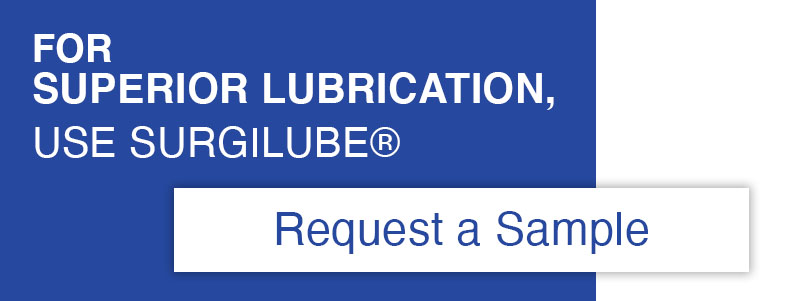Avoiding Contamination: Common Ways We Cross-Contaminate and How to Avoid It
As the medical profession advances, as does the awareness of cross-contamination and where germs are harbored. It is important to understand that bacteria and viruses are not the only things that are transferred from surface to surface and patient to patient. Food particles, medications or medical products, fibers, pests, and other substances can also be transferred. In the quest to provide a clean environment that reduces the risk of infection and promotes healing, it is important to be cognizant of what we are transfer and how. In today’s post, we are going to review some of the common ways medical professionals cross-contaminate and how to avoid it.
Hand Washing
It has been said no less than 10 billion times, and it is likely to be said 10 billion more: the single most effective way to prevent the spread of infection or cross-contamination is effective handwashing. Handwashing should be completed between each patient contact, including before and after touching a patient and before and after donning gloves. Gloves do not negate the need for effective handwashing and although they provide a barrier between patient and provider, they do nothing to kill bacteria. It is also important to remember that you are wearing gloves not only to protect you from coming into contact with patient body fluids, but also for the patient’s protection from anything you may have come into contact with. Be mindful of what you touch while wearing gloves including door handles, surfaces, your own face or hair, and contaminated surfaces.
Patients should also frequently wash their hands to remove contaminants they may have picked up off of surfaces. Be sure to provide access to soap and running water in addition to alcohol-based sanitizers. If hands are visibly soiled or contaminated, wash them.
Carts and Trays
Carts and trays that hold supplies or are moved throughout the facility are a prime source for carrying all sorts of contaminants from place to place. The outer surface of covered carts, including the wheels, may harbor bacteria and when the user touches the cover to move it in order to gain access to what is inside, the entire cart may become compromised. If possible, do not take carts into patients’ rooms, but leave them in the hallway and only take what is needed into the patients’ rooms. Wash your hands regularly and never be afraid to give the outside of a cart and its wheels a quick wipe with cavicide wipes.
Computer Keyboards and Telephones
Computer keyboards and telephones, including personal cell phones, are some of the most contaminated items in any setting and can be even more so in settings of shared use. At the beginning of each shift, all shared surfaces should be cleaned with cavicide wipes or similar disinfectants. Be mindful of what is on your hands when you handle these surfaces and remember to wash your hands frequently.
Patient Charts
Patient charts or medical records are handled by many people — in fact, it may be handled by every person in the medical facility! Because charts and records are typically comprised of mostly paper, they are rarely cleaned. Because they are handled by so many people and set on so many surfaces, medical records and patient charts should be considered contaminated and never set on a patient’s bed, bedside table, or counter. Hands should be washed before and after handling charts to reduce contaminants.
Diagnostic Equipment
Diagnostic equipment that is used on many patients may not be fully cleaned between each patient contact. Diagnostic equipment may include vital signs machines, stethoscopes, defibrillators, dopplers, pulse oximetry sensors, and imaging equipment. These items should be cleaned thoroughly and regularly and should not be used on patients who are on isolation precautions or have a known infectious disease.
Multi-use Containers
Multi-use containers pose a risk of cross-contamination when used incorrectly. The tip or opening of a multi-use tube should never be touched or applied directly to the patient. Instead, with a gloved hand, apply the product to the surface of the supply it will be used on. For instance, ointments and creams can be applied to cotton swabs or gauze and medical lubricant can be applied directly to the equipment to be inserted. Single-use packets are preferred in sterile settings and should be used on only one patient at one time.
At HR Pharmaceuticals, we are on the front lines of helping reduce contamination in the healthcare industry. All of our products are available in single-use packets and are sterile and bacteriostatic. Our Surgilube® Surgical Lubricant has been the mark assurance of consistency for nearly 85 years and the go-to medical lubricant for medical practitioners around the world.
